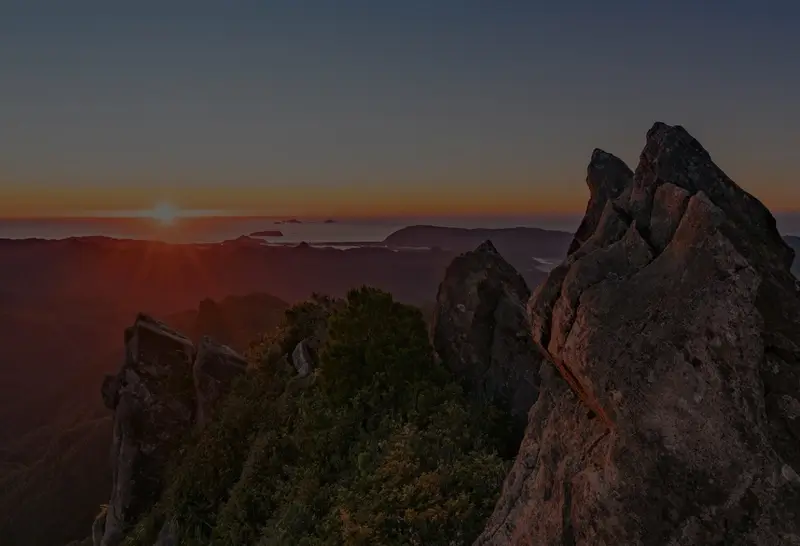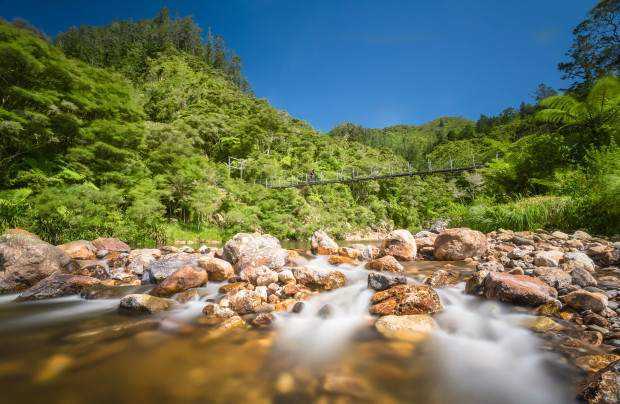Two Great Navigators - Two Great Names
Te Whanganui-O-Hei / Mercury Bay can claim to have been "discovered" by two of the world's great navigators, Polynesian explorer Kupe and European explorer Captain Cook, some 400 years later.
The first Polynesian explorer to sight the Coromandel is reputed to be the great navigator Kupe, travelling from eastern Polynesia around the year 950. Aboard his mighty double canoe, Matahorua, he sailed for over two weeks until he sighted the highest mountain on the north-eastern Coromandel peninsula of the north island, later to be named Mount Moehau. Te Whitianga a Kupe, Kupe's crossing place is the original place name for the area of Whitianga, one of the few places in New Zealand to commemorate Kupe.
Kupe later left Whitianga to return to his homeland, however, members of Kupe's tribe settled here. The waka Te Arawa arrived some 400 years after Kupe’s visit to Whitianga, captained by Tamatekapua with his uncle Hei as his tauira (spiritual leader). Hei and his people valued the eastern seaboard with its safe harbours, offshore island, and plentiful resources from the sea and land. They stayed and settled in the area and the descendants remain here today, the iwi of Ngāti Hei.
Captain Cook sailed into Mercury Bay on the 3rd of November 1769. HMS Endeavour was met by Ngāti Hei canoes on arrival in the bay and some testy encounters resulted in a Māori warrior being killed in a trading exchange with the crew. However, the Ngāti Hei rangatira Toawaka formally welcomed the party with the first sanctioned powhiri between Māori and Europeans in Aotearoa New Zealand. Later Cook fulfilled the purpose of his long voyage and observed the transit of the planet Mercury across the face of the sun, bestowing alternative names to Mercury Bay and Cook's Beach.


